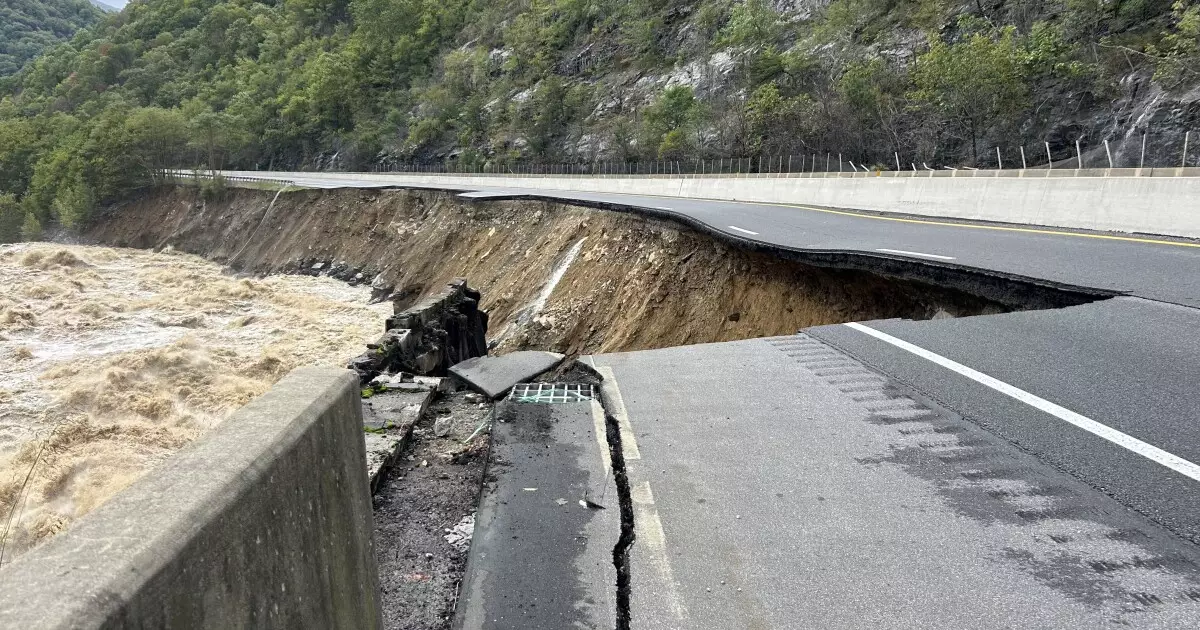In a move that has raised eyebrows across numerous sectors, President Donald Trump’s administration is proposing consequential staffing reductions at two significant federal agencies responsible for disaster relief: the Community Development Block Grant – Disaster Recovery (CDBG-DR) program and the Federal Emergency Management Agency (FEMA). These changes raise alarms not only about emergency responses to natural disasters but also about the potential political ramifications should such disasters occur while this new framework is in place.
The Landscape of Disaster Aid
Federal disaster assistance has been a key part of the United States’ response framework to natural disasters. The CDBG-DR program and FEMA have played critical roles, providing essential aid for recovery efforts following catastrophic events. However, Trump’s suggested cuts—which reportedly could include an 84% reduction in staffing at the Office of Community Planning and Development—could severely hinder these programs’ effectiveness. Analysts like David Victor have expressed profound concerns, arguing that such a strategy may transform well-intentioned reform into a political quagmire for the administration. Without a robust disaster strategy, the fabric of federal disaster aid could unravel, leaving local and state governments struggling to respond effectively.
History has shown that the mismanagement of disaster response can severely damage public trust in government. For instance, the federal response to Hurricane Katrina in 2005 remains a cautionary tale of how inadequate preparedness and poor operational capacity can shape political legacies. Victor contends that if disasters emerge in the context of these proposed cuts, it could echo the criticism leveled at the George W. Bush administration in the aftermath of Katrina and Rita when recovery efforts were lampooned for their inefficiency and chaos. The specter of worsened disasters juxtaposed against staffing shortages could easily become the dominant narrative, undermining any plans the Trump administration had for garnering public support.
The financial ramifications of such cuts extend beyond the federal government; they permeate state budgets and recovery efforts as well. In North Carolina, Governor Josh Stein has already articulated a pressing need for additional federal funding in the wake of Hurricane Helene, estimating damages to approach $60 billion. The governor has requested an additional $19 billion in federal assistance alongside the $3.17 billion already allocated, which does not consider potential delays in aid distribution stemming from reduced staffing. With less manpower and resources at the federal level, the aftermath of natural disasters could witness prolonged delays and inefficiencies in grant dispersals, driving states into financial uncertainty when they rely on federal assistance to aid recovery efforts.
The Role of State Governments
Trump has suggested that states might handle disaster recovery better than FEMA and has proposed granting funds directly to state governments instead. While this may seem logical at first glance, it raises serious questions about the capacity of state agencies to manage complex disaster recovery effectively. The variability in states’ readiness can be alarming; while some states may have robust disaster management frameworks in place, others lack the organizational infrastructure or financial wherewithal to execute significant recovery initiatives. This approach of decentralizing disaster aid might lead to significant disparities in recovery outcomes across different regions of the country.
The Path Forward
As the Trump administration moves forward with these transformative plans regarding disaster aid, the potential consequences loom large. Not only do these proposals intersect dangerously with individual state recovery needs, but they also risk igniting fresh scrutiny and criticism should disasters unfold under an inadequately prepared federal framework. In the event of calamity, citizens will look to the federal government for assistance, and public perception could swing heavily against Trump and his administration if they fail to deliver in the way communities expect.
While proposed reductions to federal disaster recovery programs may stem from a desire to streamline government operations, they also entail a significant political gamble. Ultimately, whether this gamble pays off or leads to further backlash will largely depend on future natural disasters and the public’s interpretation of how effectively the Trump administration can respond in times of crisis.

